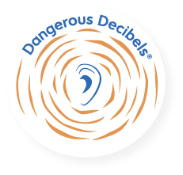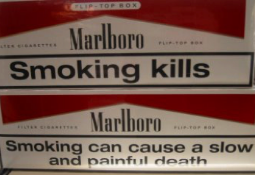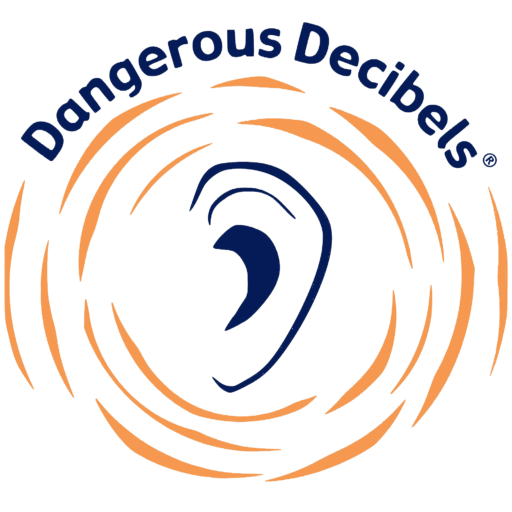Dangerous Decibels®: Based Upon Health Communication Science
Health communication scientists have created informative conceptual models that have been published in the health behavior literature. These models have been tested in a variety of settings over many decades.

We used this knowledge and experience to inform and guide the development of the Dangerous Decibels® Program. We applied health communication science to better understand the changes needed in awareness levels, attitudes and risky behaviors in order to truly create behavior change that promotes healthy hearing in youth.

Knowledge: is necessary but not sufficient. For example, people KNOW smoking is unhealthy, but they still buy and smoke cigarettes even with clear warnings on the packaging.
Attitudes/Beliefs: are critical to changing behavior. For instance, if you believe your peers will make fun of you for wearing running shoes, then you are unlikely to change your behavior regarding exercise by running.
Intended Behaviors: are good predictors of actual behaviors which can’t always be monitored.
